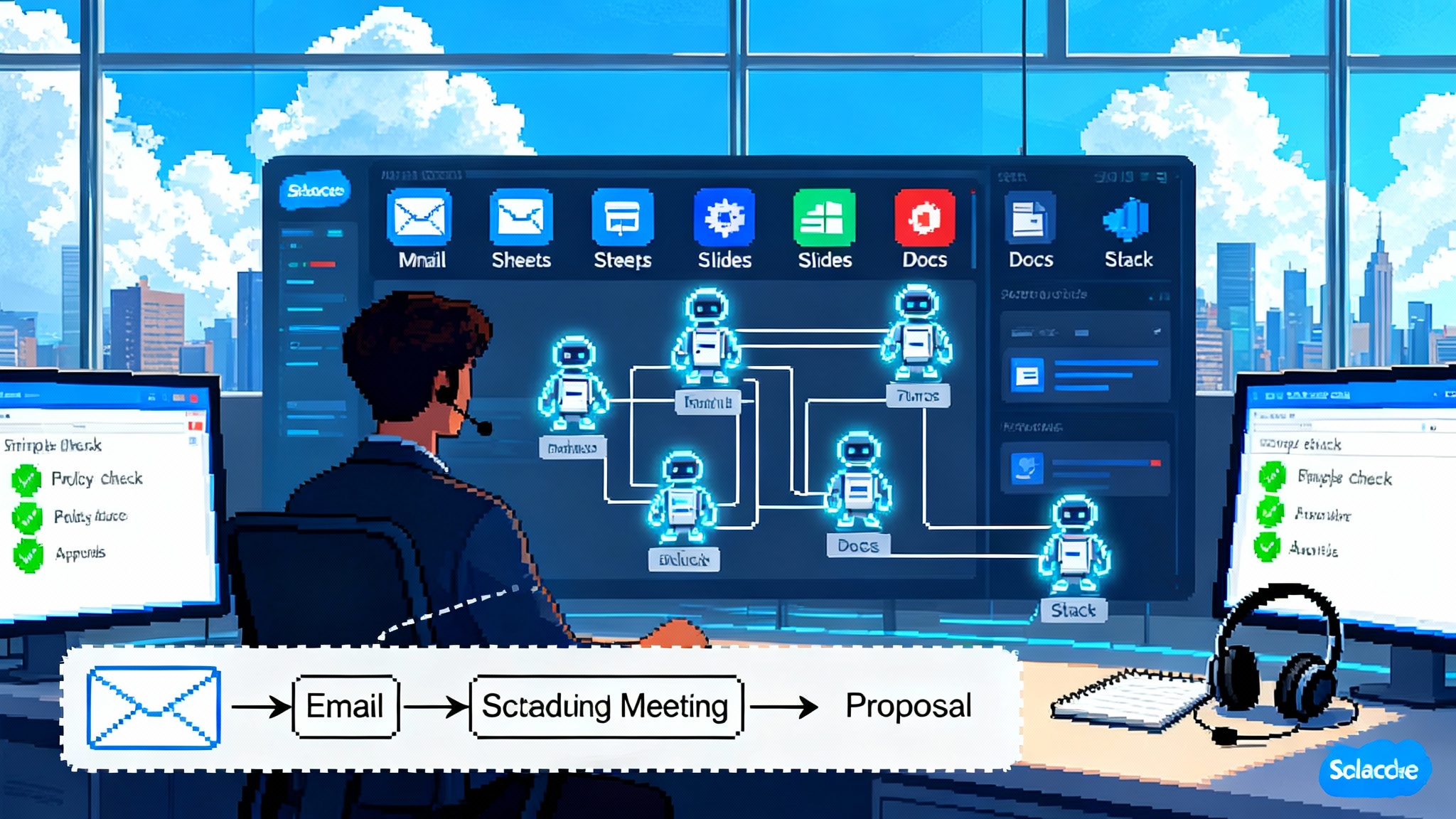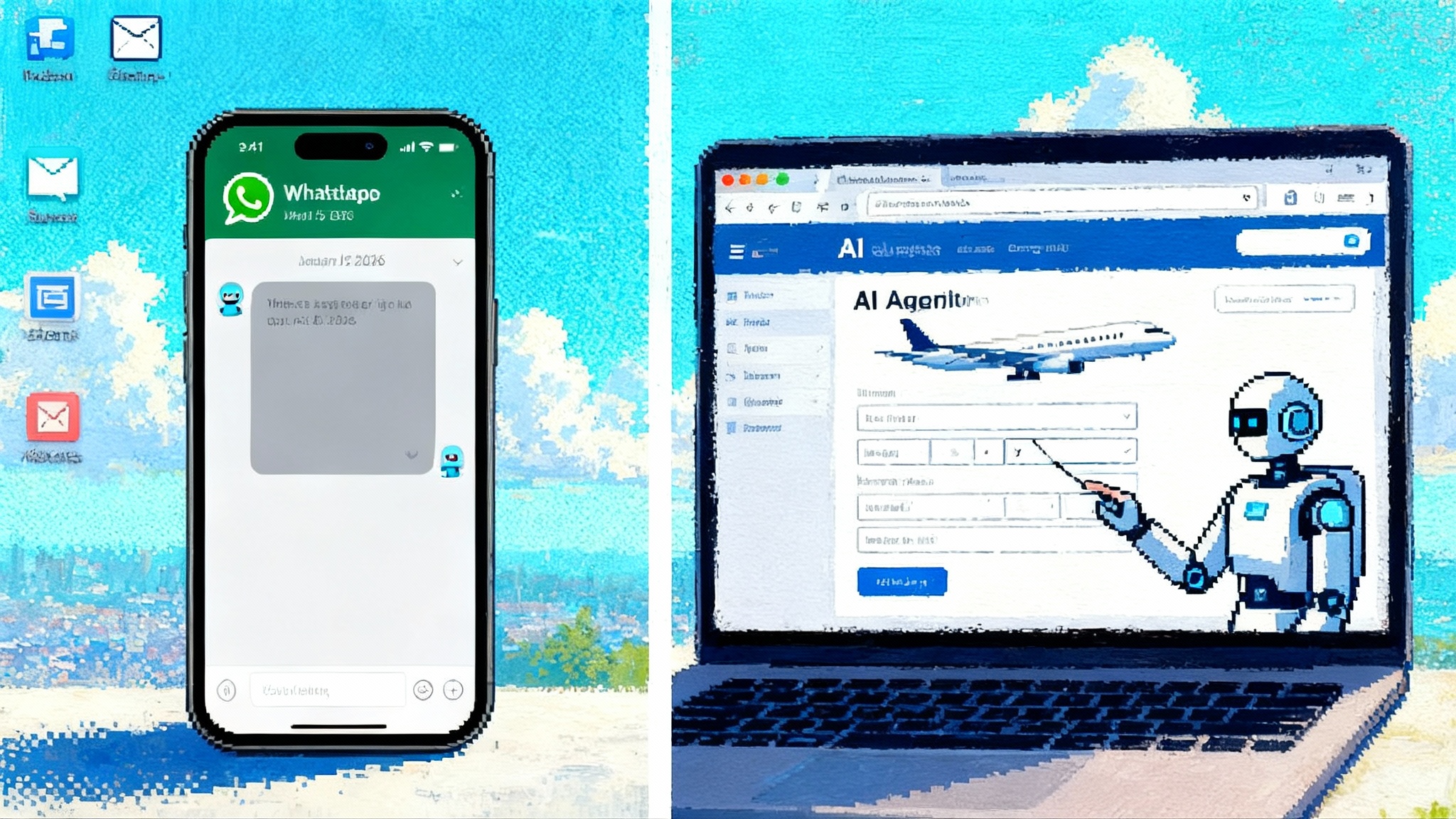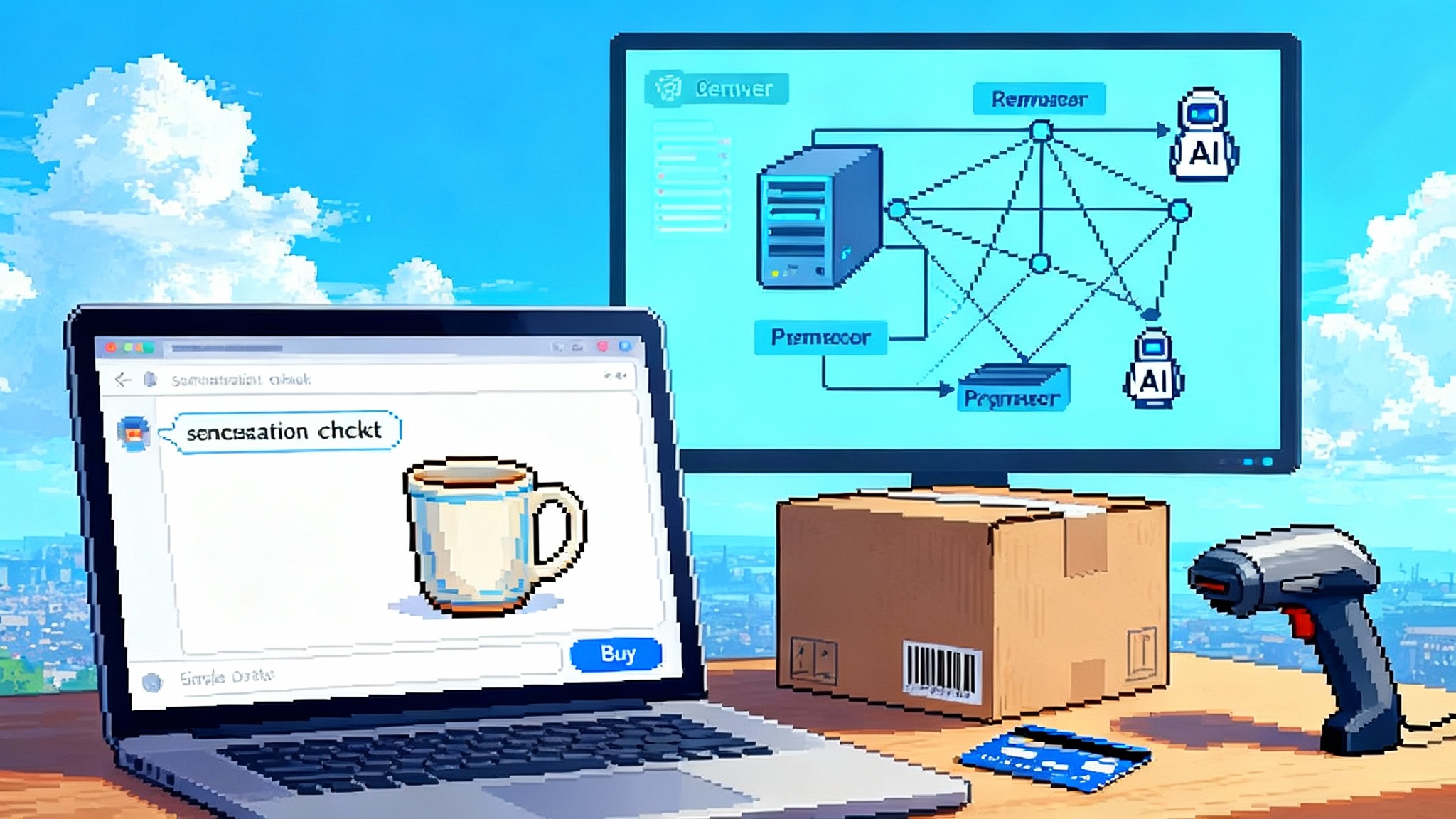Agentforce 360 General Availability Starts the Agentic Era
Salesforce made Agentforce 360 generally available on October 13, 2025, alongside deeper Google Workspace, Gemini, and Slack integrations. Here is what actually changed, why it matters, and a 90-day playbook to capture value.

The first at-scale proof that agents are ready
Salesforce just turned a page in enterprise software. With Agentforce 360 now generally available as of October 13, 2025, the company moved AI agents from pilot projects to production reality for large organizations. Salesforce announced the Agentforce 360 GA press release, positioning Agentforce 360 as the connective tissue that lets human teams and software agents work inside the same trusted system. The timing and scope matter. After a year of experiments across the industry, this is the first broad, integrated release from a top-tier enterprise vendor that reaches across sales, service, IT, and collaboration surfaces at once.
What makes this milestone different is not a single flashy demo. It is the convergence of three hard problems solved in concert: hybrid reasoning that blends language models with business logic, a Slack-native place to find and govern agents, and deep Workspace hooks that let agents act where work already happens. Put simply, Salesforce did not just add an assistant; it wired agents into the workflows that run the front office.
What changed under the hood: hybrid reasoning in plain language
Most pilots failed to scale because large language models alone behave like gifted interns. They write well and infer patterns, yet they cannot be trusted with money-moving actions or policy-heavy decisions. Agentforce 360 addresses this with the Atlas Reasoning Engine, which combines model outputs with deterministic steps, enterprise data checks, and role-based permissions. Think of it like a pit crew plus a driver. The model observes and proposes, but the reasoning engine routes tasks to the right tool, confirms preconditions, updates systems of record, and hands control back when human judgment is required.
Hybrid reasoning means an agent can switch mental gears while it works. It can summarize a contract clause, then query pricing policies, then run a configured playbook to create a quote, then ask a human to approve a discount that crosses a threshold. The model provides fluent synthesis. The reasoning layer enforces guardrails, uses enterprise data rather than guesses, and tracks every step for audit. In practice, this moves agents from suggest to do, which is the line that separates a clever chatbot from a reliable coworker. This approach aligns with emerging patterns like guardian agents and AI firewalls for enterprise safety.
A small but crucial detail is that Atlas supports model choice, including Google’s Gemini models, and binds them to business processes. That matters because some tasks need strong language capabilities, others need long context, and others need tools that speak spreadsheets or APIs. In a hybrid setup, the agent routes to the best reasoning approach, the best model for the job, and the right action pack, then writes back to the record that matters.
Slack becomes the agent marketplace and control room
Agents do not live well in silos. Salesforce’s approach makes Slack the place where agents can be discovered, governed, and orchestrated. Earlier this year, Salesforce introduced AgentExchange, a trusted marketplace for agents, templates, and actions. It lets teams package repeatable topics like invoice dispute resolution or renewal risk recovery and ship them with the exact steps and permissions needed to run safely. Crucially, AgentExchange solutions can include Slack actions out of the box. That means an agent can open a case, search channels, update a canvas, or send a direct message as part of a playbook, all with the right approvals on file. Similar to the Microsoft Unified Agent Framework, Slack becomes a practical control room for policy-aware automation.
Why anchor agents in Slack? Because Slack is where cross-functional work actually happens. Sales and service leaders already use channels to huddle around deals and incidents. By putting agents into that flow, the organization gains a shared interface for instructions, oversight, and escalation. Channels become not just communication threads but operational queues where agents and humans coordinate, hand off work, and document outcomes in one place.
This has a second-order benefit for governance. When agents act in Slack, they leave a natural audit trail. Every action lives next to the conversation that explains why it happened, which makes compliance reviews faster and incident response less chaotic. It also simplifies change management since employees adopt new automation inside a tool they already know.
Deep Workspace hooks turn collaboration into action
Salesforce is pairing Agentforce 360 with deeper Google Workspace and Gemini integrations so work can start and finish inside the apps people use every day. Deeper integrations across Gmail, Calendar, Drive, Docs, Slides, Sheets, and Meet mean agents can draft with context, schedule without back-and-forth, and assemble assets without tab sprawl. Salesforce and Google detailed the expanded partnership on October 16, 2025, as outlined in the Salesforce Google partnership expansion, including the ability to power the Atlas Reasoning Engine with Gemini models and to bring agentic interactions into Slack.
Here is what that looks like in practice:
- A prospect visits your site and downloads a whitepaper. The sales agent checks account fit using first-party data, drafts a tailored email in Gmail, proposes times, and books the meeting in Calendar if the prospect accepts.
- During the meeting, the agent captures action items in Meet notes, updates the opportunity, and kicks off a solution design checklist in Slack.
- Post-call, the agent assembles a proposal in Slides from approved components, runs pricing checks in Sheets, updates the quote in Customer Relationship Management, and routes an approval to the right manager with the right threshold logic.
- If the customer has an issue later, a service agent triages the ticket, pulls similar past resolutions from Drive, confirms entitlements, and resolves the case, all while posting status updates in the incident channel.
None of these steps require a human to retype data from one system to another. The agent reads from the source of truth, acts via policies, and writes back to the record. That is the real shift: collaboration tools are no longer detached from the system of record. They become execution surfaces for governed automation.
From records to autonomous workflows
Customer Relationship Management grew up as a system of record. It tracked activities after the fact. The promise of agents is to turn it into a system of action that drives the next step without waiting for a rep to click twelve fields. With Agentforce 360, records are the raw material, actions are the product, and outcomes are the metric.
- In sales, agents do prospecting, meeting prep, and proposal assembly based on current entitlements and pricing, then push only exceptions to humans. Reps spend more time negotiating and less time updating.
- In service, agents route, summarize, and resolve repetitive issues, then loop in humans for empathy-heavy calls or novel incidents. Managers focus on coaching and quality, not escalations caused by queue backlogs.
- In IT service, agents automate common tasks like Workspace access provisioning or device compliance checks while keeping security teams in the loop through Slack approvals.
This is not about replacing heads. It is about replacing lag. The enterprise wins when cycle time shrinks and quality rises at the same time because decisions are grounded in policy and data.
A practical buyer playbook for the next 90 days
Leaders who want value this quarter should resist the urge to boil the ocean. Build around three tracks that compound: governance, data grounding, and change management.
1) Governance you can explain on a whiteboard
Policy without clarity creates fear. Clarity without policy creates risk. Start with a simple, visible map.
- Define clear agent roles. For each agent, name its scope, allowed actions, data it can read or write, and the human who approves exceptions. Write this in one page that a nontechnical stakeholder can understand.
- Use least privilege. Bind actions to roles in Agentforce and Slack. If an agent can create a case, specify which types, for which products, and under what conditions.
- Log every decision. Turn on comprehensive audit trails: prompts, tool calls, data sources, outputs, and approvals. Route daily summaries to a Slack channel that compliance and security already watch.
- Establish an exception lane. When an agent hits a policy edge, it should automatically escalate to a named human with the right context attached. Make this visible to the team so people learn what good looks like.
Quick start: create an Agent Review Board with a named sponsor from security, legal, and each business unit. Meet weekly for 30 minutes. Review two agents at a time. Approve scopes, not fantasies.
2) Data grounding that beats gut feel
Agents are only as good as the data they use. Treat grounding as a product, not a plumbing chore.
- Define the gold sources. For each decision the agent makes, specify the authoritative source: contract entitlements in Customer Relationship Management, customer health in Data Cloud, pricing in a governed spreadsheet, knowledge in a curated Drive folder.
- Use retrieval with validation. Point agents to approved knowledge stores and require confidence thresholds. If confidence is low or the document is stale, force a human to review before action.
- Test like a product manager. Build a small validation set for each agent: 20 realistic scenarios with expected outcomes. Run them weekly. Track accuracy, action time, and exception rates. Share results openly.
- Keep humans in the loop for policy edges. If an agent is uncertain, it should ask, not guess. Measure the share of tasks that required human judgment and try to reduce that by addressing missing data or ambiguous policy.
Quick start: pick one high-volume workflow per function. For sales, renewal risk triage. For service, warranty claims. For IT, Workspace access requests. Ship a version 1 agent grounded in approved data within 30 days. Measure time-to-resolution and accuracy against a control group.
3) Change management that respects how people learn
People do not adopt agents because you tell them to. They adopt them when agents save time in the tools they already use and when the rules feel fair.
- Meet people in Slack and Workspace. Deliver the agent inside the channel or document where work starts. Avoid new portals. Show the before and after in a two-minute loom. No jargon.
- Create a champion network. Identify five respected practitioners per function. Give them early access, a feedback channel, and shout-outs when their improvements ship.
- Align incentives. Tie a small piece of the team bonus to agent adoption metrics that matter: cycle time, accuracy, exception rate. Share the scoreboard weekly in a public channel.
- Prepare managers to coach. Provide a one-page guide that shows when to trust the agent, when to escalate, and how to log issues. Managers set the tone in week one.
Quick start: run a 30-60-90 plan. In 30 days, ship one agent. In 60 days, expand its scope and train champions. In 90 days, sunset the old manual playbook for that workflow and publish the measured gains.
What this means for the Fortune 1000
Enterprises have been stuck in pilot purgatory because pilots optimize for demos, not operations. GA plus deep Workspace and Slack integrations flip that logic. With policy, data, and action sitting in one fabric, the cost of turning on an agent in another region or business unit drops sharply. Cross-functional work happens where people already collaborate rather than in a sidecar app that only the innovation team knows how to use. The result is not a moonshot. It is an operating gain that shows up in cycle time, backlog, and customer satisfaction.
Near-term predictions for 2026
The next twelve months will be noisy. Here are three predictions that matter for buyers and builders.
1) Agent-first user interfaces become standard in software as a service
Most software as a service products will front-end common workflows with an agent-first view. Instead of copying records into forms, users will describe intent in natural language, approve the plan, and review a diff of what the agent did across systems. Navigation will become a secondary path for edge cases. Vendors that do this well will show a clear map of agent actions before and after execution, along with a running log that managers can audit.
Action: ask software partners to show a policy-aware agent view for your top three workflows. Require a pre-execution plan with explainable steps and a post-execution diff. Refuse demos that only show chat.
2) Cross-vendor agent interoperability becomes a board-level topic
Agents will need to call each other across systems. A sales agent in Salesforce will pass context to a billing agent in an enterprise resource planning system. A support agent will trigger a field service agent in a technician app. The practical path is standardizing identity, permissions, and event contracts so agents can trust each other without duplicating data everywhere. Expect vendors to announce connectors that exchange signed task plans rather than raw prompts, and to adopt shared policy concepts like action scopes and human checkpoints. See also the interop layer for real agents.
Action: add interoperability to your vendor scorecards. Ask how an agent packages intent, context, and constraints when calling an external agent. Require proof that the receiving agent respects your policies and returns a signed outcome with a log you can audit in your system of record.
3) Pricing tilts toward outcomes rather than tokens or seats
Token-based pricing made sense during trials. It will not satisfy finance leaders watching cost per outcome. Expect vendors to price by resolved case, qualified meeting, approved quote, or cycle time reduction with clear audit logs that back up the bill. There will still be base platform fees, but the conversation will shift toward shared targets.
Action: pilot an outcome-based contract for one workflow in 2026. Set a baseline from your 2025 data. Tie bonuses for the vendor and your team to the same metric. Insist on per-outcome logs that match your governance and cost controls.
What to watch this quarter
- Exception rates. If more than 20 percent of tasks escalate, your policy may be too strict or your data grounding incomplete. Use the logs to find repeat failure reasons.
- Policy drift. As teams edit templates and playbooks, confirm that guardrails still match legal and security expectations. A weekly ten-minute policy review saves costly rework later.
- Shadow agents. If teams build unapproved agents because the approved ones are slow or blind to reality, treat that as a design bug, not a personnel problem. Bring the creators into the champion network and fix the core agent.
The bottom line
Agentforce 360 is the moment the market stops debating whether agents belong in the enterprise and starts debating how to use them well. The path is clear and the tools just arrived. The next move is yours.








